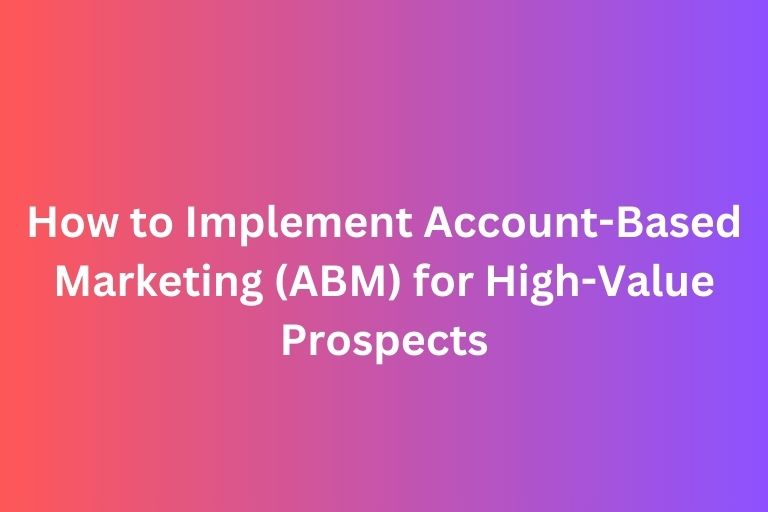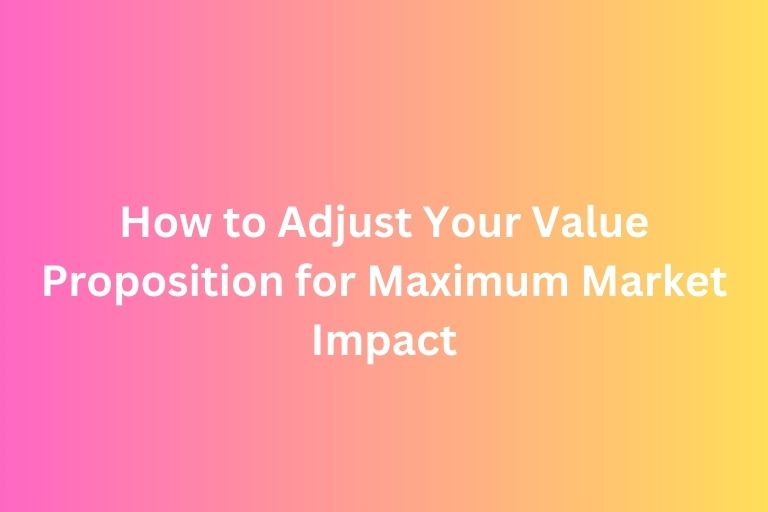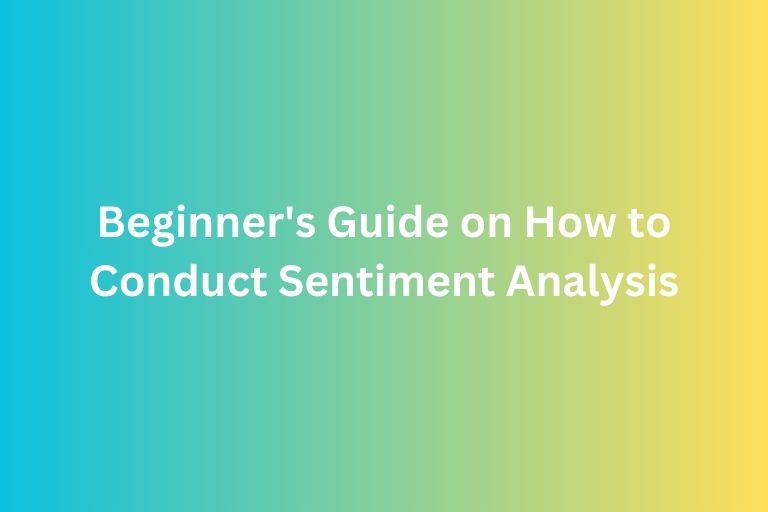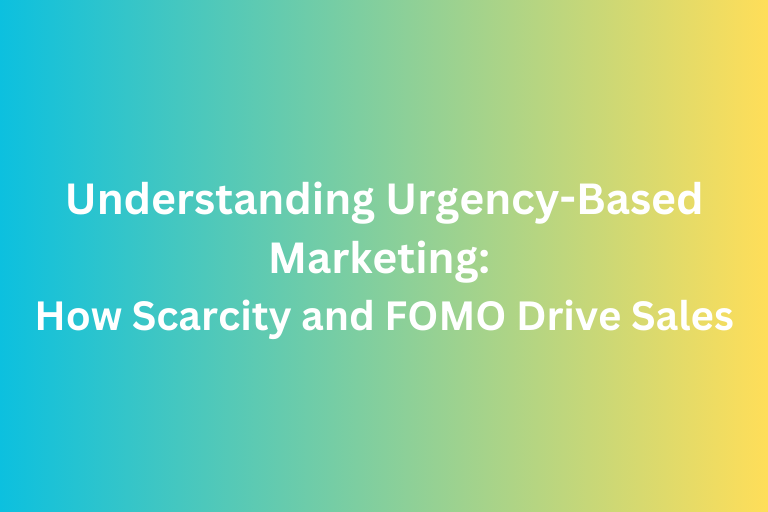The term "conversion rate" is that metric that’s supposed to tell us everything about whether our efforts are genius or if we’re just throwing things at a wall and hoping they’ll stick. It’s a percentage that marketers get obsessive about, holding it up as some absolute measure of success, like, "If I could just hit that 5% or 10% conversion rate, I’d know I’m doing something right." But let’s slow down. A good conversion rate is only “good” if it means something—and no, it’s not just a formula.
So, what’s a “good” conversion rate? And if it’s just a number, why should we care?
What is a "Good" Conversion Rate?
The answer depends largely on your industry and goals. Here are some common benchmarks to start with:
- E-commerce websites: Typically, 1-3% is average, with 3% or higher being a strong indicator.
- Lead generation: Conversion rates for lead generation range from 2% to 8%, with B2B campaigns often reaching the higher end.
- Landing pages: For targeted landing pages, conversion rates tend to be higher, averaging around 5-10%, especially when focused on a single, clear call-to-action.
These averages are just guidelines. Conversion rates depend on industry norms, audience engagement, and even seasonality. More than numbers, however, we must also consider the quality behind those conversions.
How to Calculate Your Conversion Rate
The formula for conversion rate is straightforward:
Conversion Rate = (Number of Conversions ÷ Number of Total Visitors) × 100
Let’s say you have 1,000 site visitors and 50 of them take the desired action. Your conversion rate would be: (50 ÷ 1000) × 100 = 5%
But the real insight comes in analyzing these conversions. Did these visitors convert because they found true value in your offer, or were they reacting to urgency tactics? Conversions driven by meaningful engagement will yield more loyal customers and are less likely to result in churn.
The Importance of Quality in Conversion Rates
A high conversion rate can look impressive, but if it’s achieved by heavy-handed tactics, the numbers might not tell the whole story. Visitors who converted due to temporary urgency tactics—like pop-ups, countdowns, and scarcity reminders—might not return. This is why quality and relevance matter as much as the rate itself. A lower rate filled with genuinely interested, engaged customers is often more valuable long-term than a high rate based on impulsive clicks.
Strategies for Improving Conversion Rates in Meaningful Ways
If you’re looking to improve your conversion rate, try these quality-focused strategies:
- Know Your Audience: You cannot tailor your message effectively unless you have a clear understanding of who you are speaking to. By knowing your audience’s pain points, interests, and behaviors, you can create content and offers that speak directly to their needs, fostering deeper connections and increasing the likelihood of conversion.
This could involve things like their demographic details (age, gender, income), their interests, their online behavior, and the specific challenges they face. - Create a Seamless User Experience: A great conversion rate doesn’t just come from having the right message—it’s about making it easy for your visitors to take the next step. Your website should be intuitive, mobile-friendly, and easy to navigate. Your calls to action (CTAs) should be obvious and placed where they make the most sense in the customer journey.
A seamless user experience (UX) is essential for converting visitors into customers. If your website is hard to navigate or confusing, even the most persuasive copy or offer can fall flat. The key here is to ensure that the journey from landing on your page to completing the desired action is as easy and intuitive as possible. - Test and Refine: One of the most powerful tools in the marketer’s toolkit is A/B testing. By testing different elements of your site—headlines, CTAs, page layouts, images, and even colors—you can refine your approach and identify what resonates most with your audience.
- Emphasize Value Over Urgency: While urgency can lead to immediate conversions, it doesn’t often translate into lasting relationships. Instead of pushing visitors into conversions with artificial time constraints, focus on the real, intrinsic value of your product or service. Show customers why your offering is meaningful and how it can genuinely improve their lives.
Conclusion
The question isn’t just “What’s a good conversion rate?” but also “What’s a meaningful one?” A meaningful conversion rate reflects authentic engagement, where people act because they see true value in your offerings. Focusing on these quality interactions can lead to stronger brand loyalty, repeat customers, and positive word-of-mouth.
Ultimately, aiming for meaningful conversions rather than just high numbers builds a foundation for sustainable growth, allowing you to create something memorable and valuable for your audience.
Boost Your Business with Professional Paid Advertising Services from FoxAdvert! Contact Us Today to Get Started!











